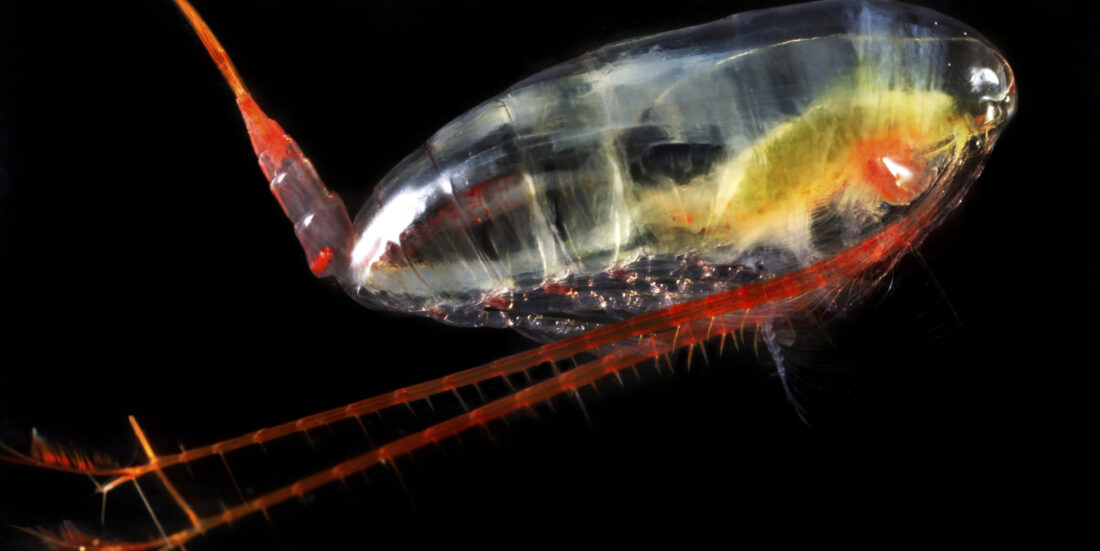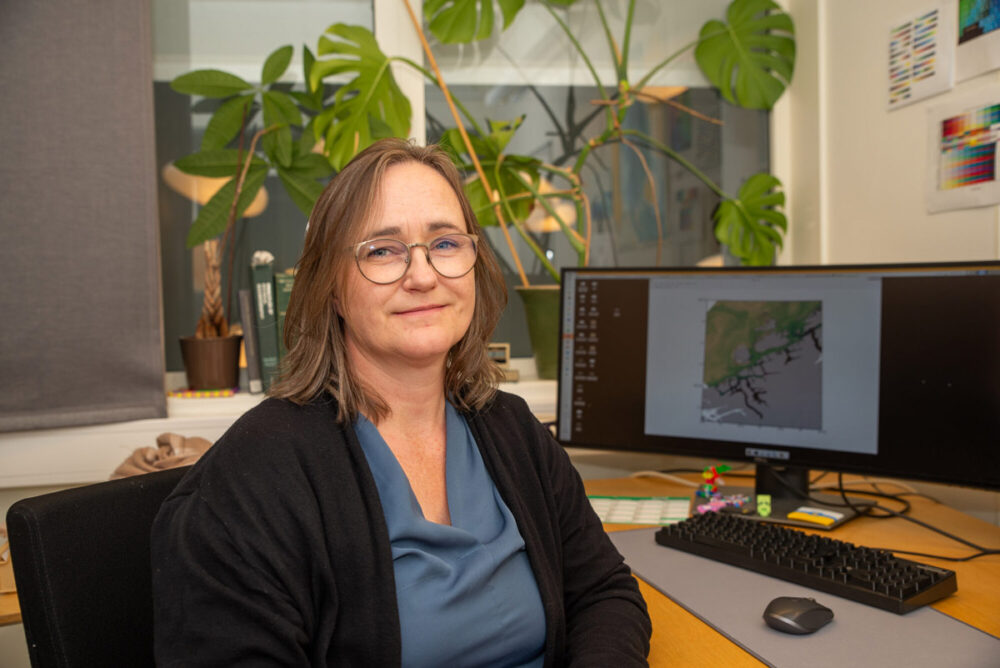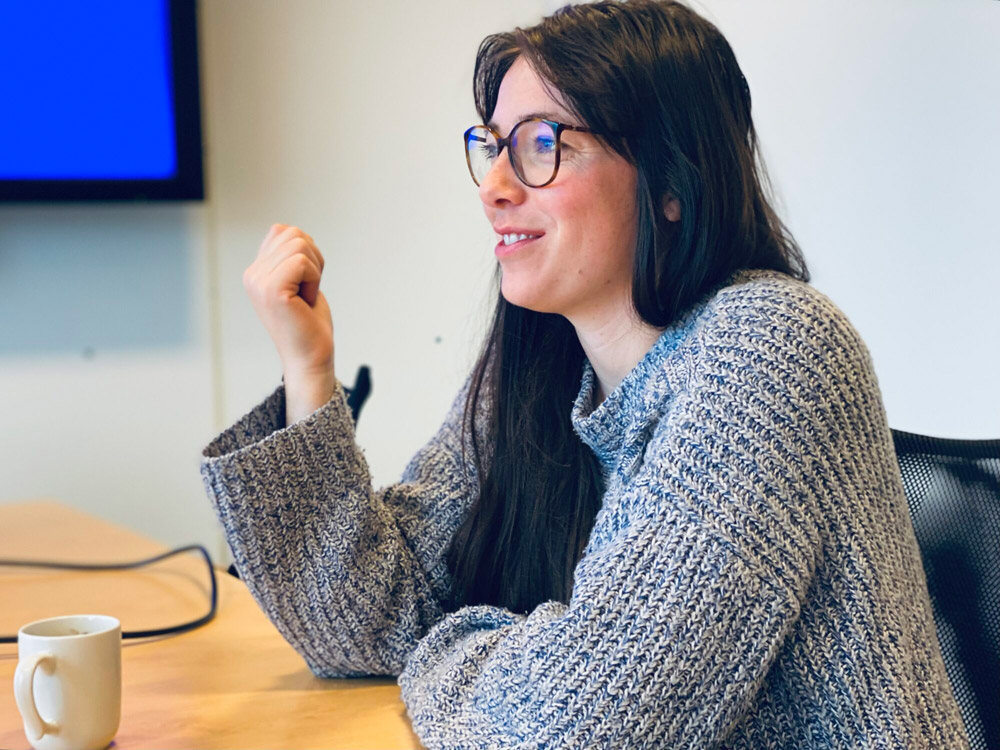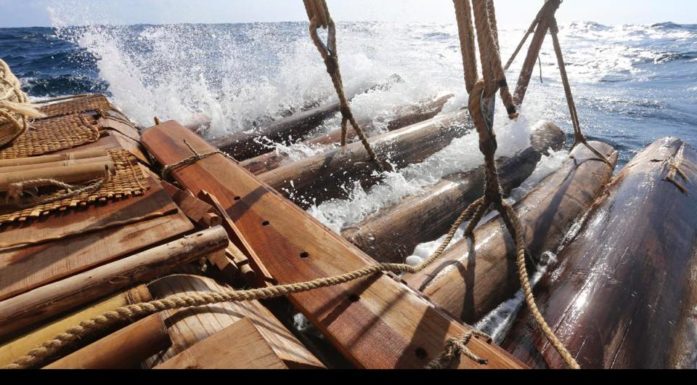Copepods – tiny creatures that can help reduce the need for soya imports
In the sea, fish feed on species lower in the food chain. Can these same species form the basis of a new feed industry supplying the fish farming sector?
“This is very possible”, says Ingrid Ellingsen, who is a research scientist at SINTEF. Such an industry will reduce the need to import soya.
Let’s make a simple comparison. In the wild, animals either feed on grass and other plants, or prey on smaller animals. Farmers, on the other hand, feed their domestic animals on food that is first harvested and then processed, but is often based on the same raw materials as are available to wild animals. We can also apply this way of thinking to domesticated marine species. It sounds obvious to start looking for salmon feed resources in the sea, where the fish would naturally find their food. Currently, however, a lot of salmon feed is based on imported agricultural products such as soya.
“A growing global population has to be fed, so we shouldn’t be feeding animals food that can be eaten by humans”, argues Ellingsen. “Instead, we should be obtaining the raw materials for fish feed from further down the marine food chain”, she says. Ellingsen is currently conducting research into bio marine resources at SINTEF Ocean.
An under-researched resource
This sounds obvious, but it is not an easy issue to resolve. This is because we know too little about the impact that the harvesting of species that up to now have been largely unexploited, will have on marine ecosystems.
This is why Ellingsen and her colleagues at SFI Harvest (a centre for research-based innovation) are working to bridge this major knowledge gap. Her calculations show that throughout the world’s oceans, the volumes of biomass in the so-called mesopelagic zone, at depths between 200 and 1000 metres, are enormous. However, mesopelagic fish populations are among the least investigated components of the bio marine ecosystem.
Less than ten one-thousandths
One of the mesopelagic species identified in the Norwegian economic zone is the copepod Calanus finmarchicus. This tiny creature is part of the zooplankton that are carried northward by ocean currents along the Norwegian coast and then further north into Arctic waters. It is an important component in the diet of commercial fish populations such as cod, pollock and mackerel.
“A growing global population has to be fed, so we shouldn’t be feeding animals food that can be eaten by humans.
The fatty acid composition of C. finmarchicus can exceed 60 per cent. As such, it potentially represents a fantastic feed resource. But how can we exploit this potential? And what does the future hold?
“Commercial fishing of C. finmarchicus is being carried out today, but with a catch quota that is less than ten one-thousandths of the species’ estimated biomass in the Norwegian Sea”, says Ellingsen. “We need more data before we can know whether it is sustainable to extract a higher proportion of the biomass”, she says.
As is the case for other mesopelagic species, the feed quality of copepods starts to deteriorate rapidly as soon as they are taken on board a vessel. Active enzymes start a process of fatty acid breakdown that must be arrested if the raw material is to retain its quality as potential fish feed. It is common practice to freeze the catch, but the SFI Harvest centre is currently experimenting with the development of more effective and less energy-demanding technologies.
A valuable fat sac
Eva Chamorro Garrido is a PhD student at the Unit Arctic University of Norway, and is conducting research into C. finmarchicus in collaboration with Ingrid Ellingsen at SFI Harvest.
“C. finmarchicus exhibits a one-year life cycle”, explains Garrido “Individuals hatch in the spring and spend the summer in the upper part of the water column where there is plenty of food. However, since there is more light here than at greater depths, the copepod is more easily visible to species that may prey on it”, she says.
It appears that C. finmarchicus reduces this risk by ascending in the water column at night in order to feed, and then moving to greater depths during the day. As autumn approaches, it migrates vertically to even greater depths and enters into a form of hibernation (diapause) until spring, during which it lives off the food reserves accumulated in a fat sac.
“It then returns to shallower depths, reproduces and dies”, explains Garrido, adding that vertical migration behaviours appear to deviate in regions that experience the midnight sun. “In such areas, it appears that access to food is the most crucial factor in determining the vertical movements of the copepod”, she says.
Physics and biology combined
Those looking to succeed in the exploitation of marine copepods need to know where and when the animals are most likely to be found, and this depends in part on ocean current movements. This is where Ingrid Ellingsen’s work comes in – offering advanced models that describe the physics and biology of the marine environment.
How does water move around in the global oceans, and what influences these movements? This is physics and can be simulated using a model. By means of her collaboration with SFI Harvest, Eva Chamorro Garrido is looking to improve the level of biological input in the physical model with the aim of extracting some of the secrets of the marine ecosystem.
“Our model can be used to predict where we will find the best opportunities for commercial catches with a minimum of fuel consumption.
“The horizontal currents in the oceans are very strong, and it is impossible for copepods to swim against or across them”, explains Ellingsen. “So, in the first instance, we can predict that they will be carried by prevailing currents. However, vertical currents are less strong, and by rising and falling in the water column, copepods can still influence their migration patterns”, she says.
Garrido is working to compile a database that will enable the model to display both the geographical and depth distribution of the copepods. These data are derived from sampling at different depths and laser measurements taken from vessels.
Migration patterns are key
“We do not yet know whether it will be ecologically sustainable to increase copepod catch quotas”, says Ellingsen. “However, if we find out that the answer is yes, and that we can safely exploit this resource, fishing vessels will need to know where to find their catch. Our model can be used to predict where we will find the best opportunities for commercial catches with a minimum of fuel consumption. In doing so, this may help towards the possible expansion of a copepod fishery that is both ecologically and commercially sustainable”, she says.
The Norwegian aquaculture sector is planning to achieve an annual production volume of five million tonnes by 2050. This will require six million tonnes of dry feed. If we want to prevent increases in soya imports, 75 per cent of the protein in future feed materials will have to come from as yet unknown or unexploited sources. Copepods may represent a key part of the solution.





